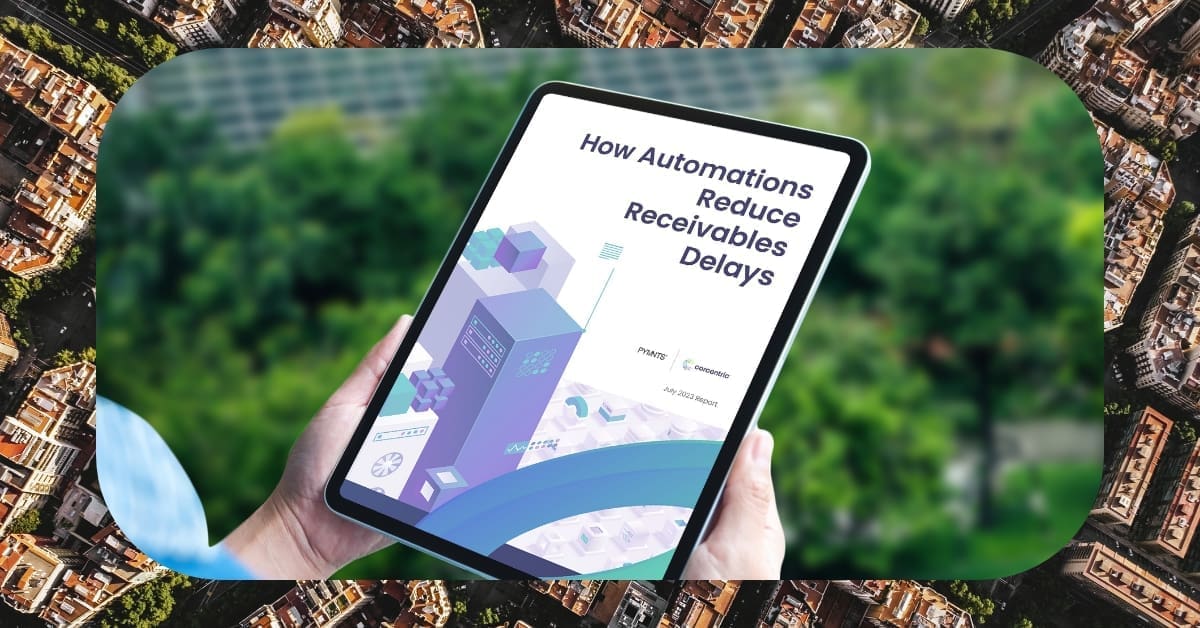Best Practices For Selecting A Source-To-Pay Solution
Corcentric

Purchasing Solution
Choosing the best source-to-pay solution for an organization can be daunting task. It is essential for the C-suite to invest in high-quality solution that alleviates disputes, adheres to procurement regulations, and drives cost savings and greater efficiency. By selecting an appropriate source-to-pay solution, companies can streamline their procuring process, create visibility across the organization, and simplify invoice processing.
In this article, we focus on the essential considerations for choosing source-to-pay solution and provide step-by-step guide to selecting the appropriate solution for your organization.
Step 1: Identify Goals and Necessary Features
Identifying the goals of the organization and the primary objectives of the procurement process is essential before selecting source-to-pay solution. This includes assessing the specific needs of the organization and the desired outcomes. It is important to include stakeholders from across the organizations procurement process to determine requirements and end goals. comprehensive list should include the financial, efficiency and legislative needs.
Once the goals and objectives are identified, it is then important to determine the features required to support the organizations objectives. This includes elements such as flexible data capture, supplier management and automation for invoice processing. It is beneficial to match the features of different source-to-pay solutions with the goals and needs of the organization.
Step 2: Research Solutions
Once the desired features are identified, it is important to evaluate source-to-pay solutions that offer the desired feature list. This involves extensive research into the range of solutions available in the market and understanding the capabilities of each system. Ensure that the solutions considered have positive reputation among customers and provide evidence of successful deployments. This will enable selection process that focuses on solutions that meet the requirements.
It is beneficial to research product reviews and request case studies to determine the strengths and weaknesses of different solutions. This can be used to create shortlist of appropriate systems and enable an informed selection.
Step 3: Evaluate the Shortlisted Solutions
The shortlist of potential solutions should provide the necessary features to meet the desired requirements of the organization. It is important to take an in-depth look at the technical and functional capabilities of the solutions. This includes understanding how the solution?s features will facilitate and enable business processes and provide cost savings. Reference checks should also be conducted and customer testimonials should be used to determine the scalability of the solution.
Step 4: Seminar or Demonstration
Once the features of potential source-to-pay solution have been identified, the vendor or representative should be invited to present their system during seminar or demonstration. This should involve presentation on the value proposition, advantages, and discussion on the product?s strengths. These sessions should enable buyers to understand the depth of the system?s abilities and the benefits it can offer the organization.
Step 5: Request Proposals
The next step is to ask vendors to present formal proposals in response to detailed request. This should outline the desired solution and required features and criteria that the prospective systems will be assessed on. The proposals should provide breakdown of the pricing and technical support, data security and quality control that are offered by the solution.
Step 6: Evaluate Proposals
Finally, it is important to thoroughly evaluate the different proposals, including analysis of the cost/benefit of each vendor solution and the feasibility of meeting the organizations objectives. It is essential to consider the impact of the chosen source-to-pay solution on the internal processes and any potential shortcomings.
In Summary
The selection of the appropriate source-to-pay solution can drive transformative results for the organization. C-suite that has identified their objectives and needs thoroughly and evaluates the vendors? solutions appropriately can ensure the successful selection of comprehensive source-to-pay solution. By following these steps and conducting meticulous research, executives can select the solution that best meets the organizations goals, enabling improved efficiency and cost savings in the procurement process.

